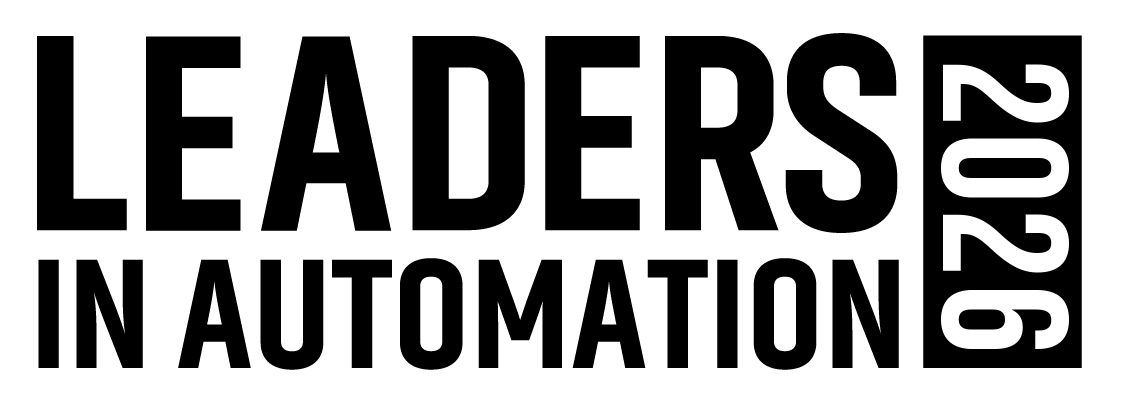While friend to consumers, the FDA is often considered an adversary by the manufacturers it regulates—a hurdle in the process of developing and manufacturing new products. But a proactive commissioner and a new Strategic Action Plan aim to change the FDA’s reputation by promoting 21st century manufacturing, among other goals, for efficient risk management of the public’s health and safety.
Niedelman addressed editors and analysts at the Rockwell Automation Global Media Summit, held in Milwaukee on Nov. 17. The FDA, says Niedelman, “recognizes the difficulties industry faces in meeting new regulations worldwide.”
International efforts are underway to harmonize the regulatory requirements that impact global manufacturing. Simultaneously, the FDA is reevaluating its regulations, many of which have been in place for 25 years, to ensure that they keep pace with new science and manufacturing techniques, and, in fact, do not impede the adoption of new technology. One of these cases is the re-examination of Part 11 of Title 21 of the Code of Federal Regulations for Electronic Records and Electronic Signatures (21 CFR Part 11).
An objective of the FDA’s August 2003 Strategic Action Plan is to put in place current Good Manufacturing Practices (cGMPs) for its inspection, compliance, and enforcement activities. This requires training FDA staff on new pharmaceutical manufacturing technologies and educating industry on regulatory approaches that actually encourage innovation.
How is this playing out in industry? At a Rockwell Automation Media Summit panel on “Regulatory Compliance,” Shreehas Tambe, who is with drug manufacturer Biocon India Ltd., in Bangalore, discussed using the FDA as a resource. “We are not so much concerned with new regulations or process and equipment validations—these are relatively commonplace. We’re more concerned with client safety and using compliance as a means to achieve product success.”
Biocon is one of a small percentage of manufacturers who have consulted with the FDA directly for support. “The FDA was very helpful; its responses were helpful; and they are very receptive to working with manufacturers.” Another excellent resource, says Tambe, is the FDA Web site, www.fda.gov. Panelists agreed that the FDA’s site provides good clues as to where the agency is going with regulatory changes.
In private comments, Cheryl Pinter-Veal, senior manager with Deloitte & Touche, shared her thoughts on industry’s relationship with the FDA. Pinter-Veal has more than 20 years experience in the pharmaceutical business, beginning as a research chemist at Parke-Davis Research, and serving on the merger team of Warner-Lambert and Pfizer.
“The FDA can be the devil, or it can provide opportunity. Your peers at the FDA in the clinical trial stages can provide assistance in the manufacturing stages. This will not guarantee your approval, but it can make your processes more effective and your products more efficacious,” she says.
Build it in
Asked about balancing flexible manufacturing with regulatory compliance, Pinter-Veal says, “Most of these regulations are just good business practices. You need to have clearly written SOPs (standard operating procedures) and a formal change management process. Don’t over-document. Everything has to have a certain amount of dynamics and you need to build that into the process.”
Finally, Pinter-Veal stresses the need for operator training and good communications. “Develop an open, honest culture. Let your employees know that they need to be completely up front. It’s important that this attitude comes from senior management.” That sounds like good business practice to me.
About the Author
Jane Gerold
Automation World

Leaders relevant to this article: